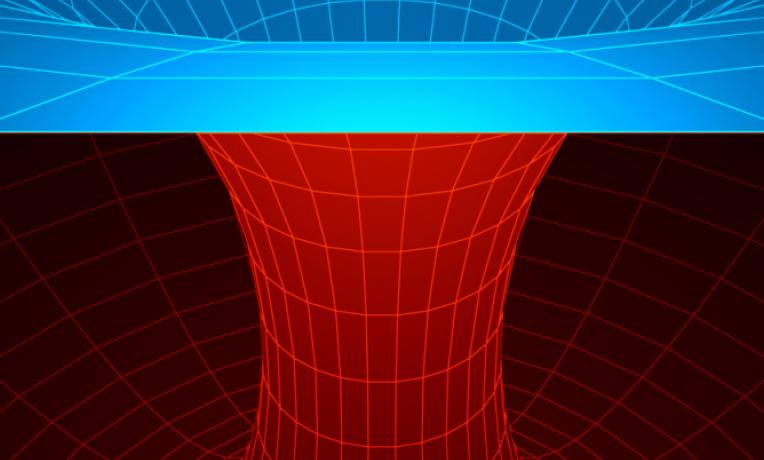Solution to Nobel Prize winner John Nash’ problem for surfaces
Fifty years after the formulation of a conjecture related to arc spaces of surface singularities by Nobel Prize winner John Nash, the team led by Doctor Javier Fernández de Bobadilla has proved him right. Other topics on Singularity Theory, Algebraic Geometry and Homological Algebra are also studied.

A singularity is a mathematical concept which can be perceived in the physical world. Phenomena which happen to instantly change their behaviour are said to have singularities, such as phase transition or the formation of a tornado in the atmosphere. Singularity Theory is a transversal subject ranging from applied to pure mathematics. Since the first half of the 20th century, mathematicians have tried to advance our knowledge of singularities, including the Nobel Prize winner scientist who inspired the film ‘A beautiful mind’, John Nash.
In the realm of geometry a simple example can be drawn: if a cylinder is completely twisted, the point between the two cones that are formed becomes a singularity. The shape of this set of points which are compressed or collapsed were hypothesised by John Nash to have a certain relation with the trajectory of particles moving through the singularity.
In 2003, two scientists from the United States and Japan (J. Kollar and S. Ishii) showed that this relation does not apply to objects with four or more dimensions. However, Dr Fernández de Bobadilla, in a joint work with Doctor María Pe Pereira, has now demonstrated that there is indeed a direct correspondence between the two as regards singularity of two-dimensional objects (surfaces). This correspondence is known in Algebraic Geometry as the ‘bijectivity of Nash mapping for surfaces’.
The solution has been achieved with techniques from topology, which have allowed solving the problem in a relatively simple manner, after three years of research. The solution to the Nash’ problem opens the way to study topological equisingularity of surfaces with algebro-geometric methods.
The team has also solved two other equisingularity problems: the one-dimensional critical set case of a problem proposed by B. Teissier on polynomial representability of topologycal types of analytic germs, and a counterexample in two dimensions of Zariski’s conjecture B (only higher dimensional counterexamples were known), and made advances in the understanding of non-isolated singularities and its associated Homological Algebra.
The results of this purely mathematical project may lead to new possibilities of research, with a variety of applications ranging from robotics to cryptography or digital imaging for biomedicine.


